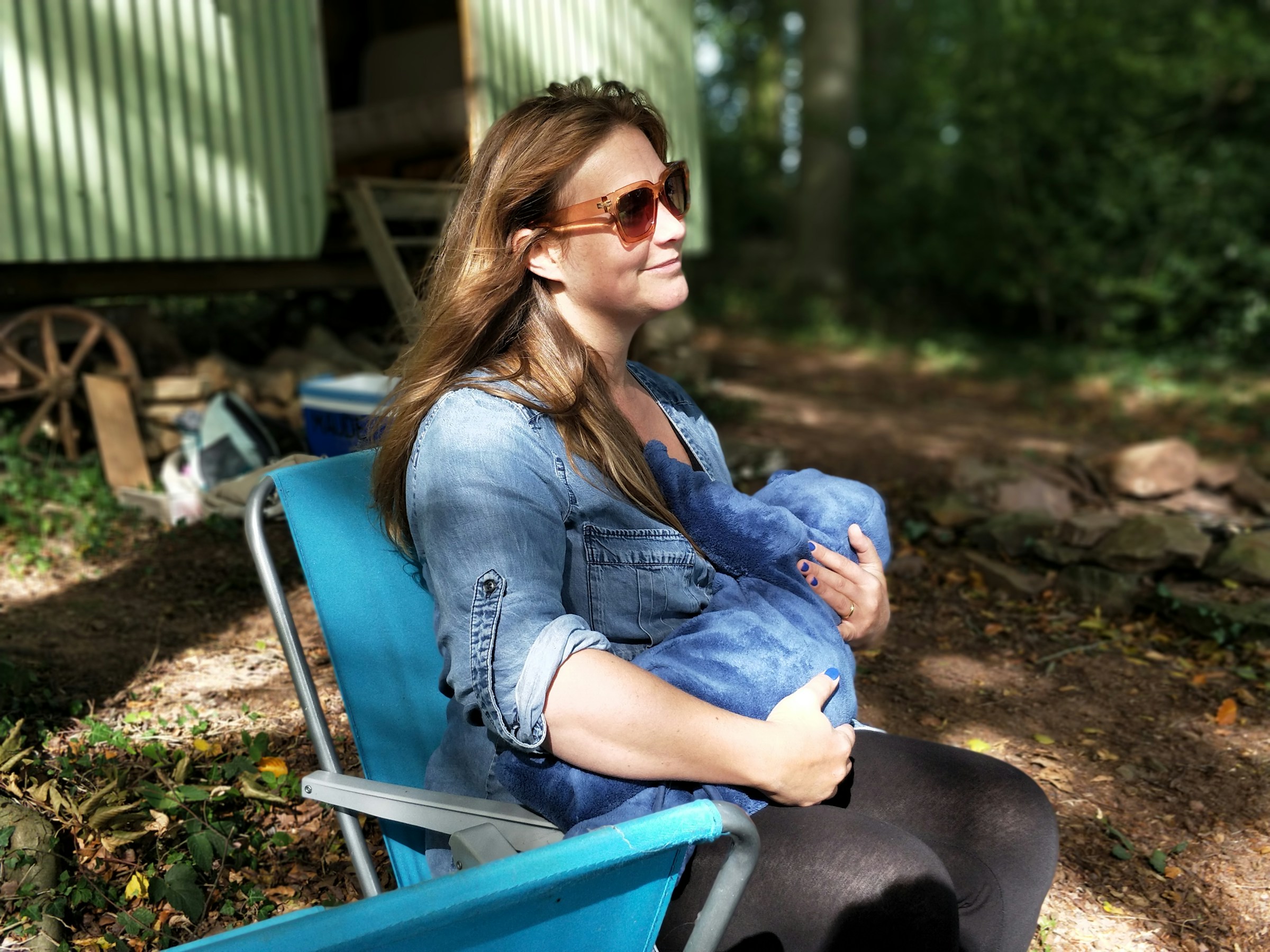Breastfeeding has always been a private act carried out in public life. It takes place in bedrooms at dawn, in office storage rooms at noon, and in the quiet corners of cafés at dusk. In the connected age, it also takes place on screens. The practice travels through TikTok clips, WhatsApp group chats, Reddit threads, and Facebook parenting communities. What once felt like a family matter now sits at the intersection of culture, work, design, and technology. To understand the importance of breastfeeding today, it helps to look beyond a list of health benefits and pay attention to the routines, infrastructures, and small gestures that make the practice workable for real families.
On social media, breastfeeding shows up as a system. Viewers watch mothers label freezer bags, track ounces, and arrange pump parts on kitchen counters that resemble lab benches. The camera often lingers on the logistics rather than the moment with the baby. There are time stamps, checklists, and small rituals that signal control in a season that rarely feels predictable. Comment sections fill with advice on latch techniques, diet tweaks, and pump schedules, and the tone moves between solidarity and strong opinions. The visibility helps many parents feel less alone, but it also introduces a quiet pressure to perform ease, as if the right product lineup could guarantee a calm night.
The workplace has become a crucial stage for this reality. When a parent returns from leave, the calendar absorbs a new rhythm. Pump breaks need privacy and consistency, and that requires more than a policy. It requires a room that is truly available, a fridge that is reliably clean, and a manager who treats a delay for milk expression as a normal part of the day. In some offices there is a formal lactation room with comfortable seating, a sink, and an outlet within reach. In others, an empty meeting room and a hand written sign serve as a temporary solution. The difference is not just about comfort. It is about respect for time and bodily needs in a culture that often values productivity above everything else. When colleagues learn to move meetings by fifteen minutes without fuss, when a team lead blocks a recurring slot so pumping is never a fight, retention improves and morale lifts. In small ways, a company says, your body belongs here too.
Beyond offices, cities signal their maturity through the design of public spaces. Shopping malls that invest in lactation rooms send a message about who counts as a valued guest. Some rooms feel like small hotel suites, with dimmed lights and a sink that makes cleaning quick. Others are simple but clean, which still matters. Parents trade tips on which places make feeding easy and which do not. A well designed room can turn a frantic errand into a manageable outing. A poorly maintained one becomes a reminder that care work is still expected to remain invisible. The difference is not cosmetic. It can change whether a parent feels comfortable leaving the house with an infant at all.
The marketplace surrounding breastfeeding has grown rapidly. Pumps promise quieter motors and better suction, bras promise hands free efficiency, and coolers promise precise temperature control during the commute. Technology can genuinely ease pain points, yet it can also recast care as an endless shopping list. Many parents begin to feel like system architects, responsible for procurement, inventory, and maintenance. The spreadsheet is not a personality trait. It is a shield against chaos. When a product works, it can reduce friction and restore time. When it fails, it adds another task to an already crowded day. The goal, then, is not to collect gear but to protect energy for the relationships at the center of the routine.
Within households, breastfeeding reorganizes roles. Partners learn new forms of support, such as prepping pump parts, managing bottle washing, and building a nighttime choreography that respects both sleep and feeding cues. Grandparents bring advice grounded in tradition, and younger parents weigh that wisdom against newer research. The conversation is rarely about ideology. It is usually about survival. Some days the feed is seamless. Some days a bottle becomes a bridge that gives everyone rest. Online discourse often frames these choices as statements about devotion. Most families frame them as problem solving in a season where there is little margin for error.
Public nursing is another measure of how a society handles the presence of bodies in shared spaces. A mother who feeds at a café table can trigger looks, smiles, or awkward apologies. The most encouraging moments are the quiet ones, when a barista offers water without a speech, when a friend lends a jacket for privacy without ceremony, or when a stranger simply looks away to grant space. Laws and policies matter, yet everyday gestures carry their own power. The absence of spectacle is often the clearest sign of progress.
Digital communities have reshaped how knowledge circulates. In Filipino Facebook groups, recipes for arroz caldo appear next to advice about galactagogues. In UK forums, pump schedules read like training plans, complete with time splits and targets. In US subreddits, parents catalogue workplace responses to milk storage, naming the companies that make it easy and the ones that still treat it as an exception. These spaces turn intimate routines into shared expertise. They also reveal patterns. Workplaces that invest in small conveniences, like mini fridges dedicated to expressed milk, tend to retain more new parents. Malls with clean, well lit rooms see more families staying longer. Communities that treat feeding as ordinary generate fewer conflicts and more confidence.
Milk sharing sits in a delicate space. It appears in Telegram channels with vetting processes and in church groups that already know how to organize meals for new parents. The practice lives at the intersection of generosity, health considerations, and scarcity. It reminds us that parenting has always been communal, even when the language changes. The internet did not invent collective care. It simply speeds up the meeting point between those who have extra and those who need help.
The body, meanwhile, keeps a quiet ledger that no camera fully captures. Sore shoulders, cracked nipples, and clogged ducts shape the day in ways that are easy to ignore from the outside. Growth spurts can turn a reliable routine into a guessing game overnight. A partner who reads the room and takes over household tasks can change the tone of a week. A manager who defends a pumping break can change the trajectory of a career. In these moments, the importance of breastfeeding is not an abstract principle. It is a practical reality that requires time, space, and empathy to repeat.
Humor helps the routine stay bearable. Parents joke about late night bottle lineups on the bedside table or cross town quests for a specific pump valve. Memes about letdown cues or mislabeled milk bags circulate because they capture the absurdity of small errors that feel enormous at 3 a.m. Laughter does not trivialize the work. It metabolizes the fatigue and builds connection in a season that can feel isolating.
At the policy level, progress rarely looks dramatic. It looks like a door that locks properly, a calendar slot that holds, a sink placed within reach of an outlet, and a culture that does not require a parent to apologize for needing care time. It looks like mall signage that is easy to find, rideshare drivers who do not make comments when a bottle leaks, and grandparents who celebrate effort rather than purity. It looks like a feed at a café that passes without incident because everyone understands that a baby’s needs do not wait for convenience.
When people speak about the importance of breastfeeding, they often recite a familiar catalog of benefits. Those benefits matter. Still, the larger story in this connected age is about whether our systems make the practice possible without constant friction. The measure is not a slogan or a photograph. It is a day that fits. A society that honors care will not only permit breastfeeding, it will make it easy to continue. That means workplaces that treat lactation as routine, public spaces that welcome families without fuss, homes that share the load, and online communities that offer solidarity without judgment.
If we build days that respect bodies and time, breastfeeding becomes less of a test and more of a rhythm. The practice then carries the meaning it deserves, not as a performance, but as an ordinary act of care that families can repeat with dignity. In that ordinary rhythm, parents find steadier footing, infants thrive, and communities learn to value the labor that sustains life without applause.














